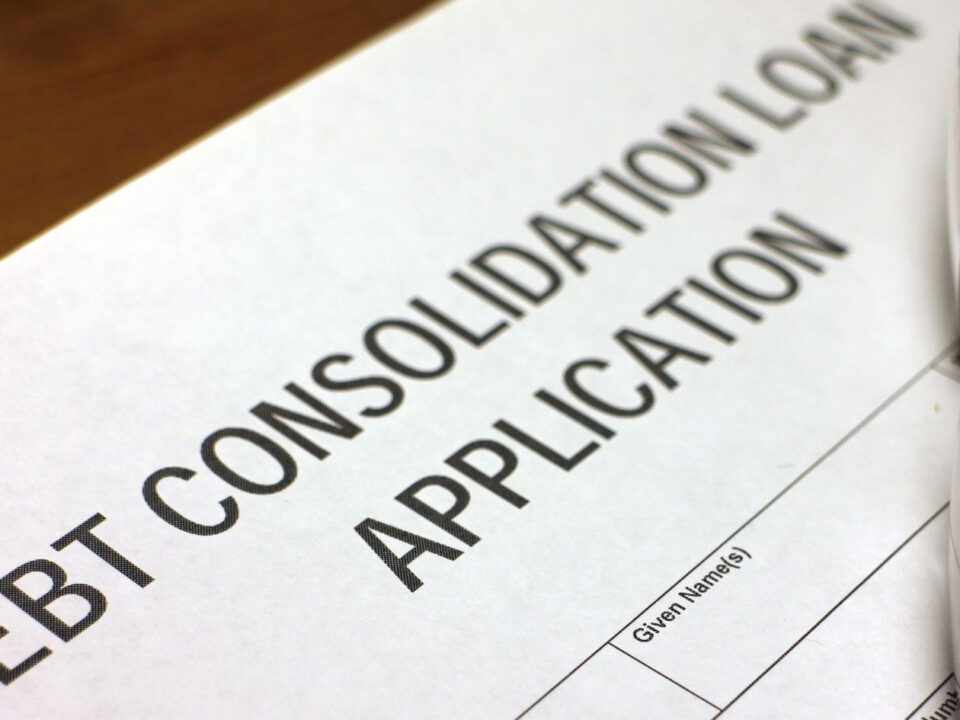
Undergoing debt consolidation can be a smart move to simplify payments and reduce interest, but it doesn’t instantly erase past credit missteps. Many of your negative items, late payments, collection accounts, or charge-offs may still be reflected on your credit report. If your goal now is credit repair, you’ll need a clear, methodical plan. This article outlines proven strategies you can use after consolidation to gradually rebuild your credit.
1. Understand What Stayed on Your Report
Before you rebuild, you must know what damaging items are still present.
- Negative data (late payments, defaults, collections) often remain on credit reports for up to seven years.
- Bankruptcy can stay longer (often 10 years).
- Legitimate negative items cannot legally be removed just because you consolidated your debt if they’re accurate and current, they must stay until they age off.
Knowing which items remain helps you target your repair efforts effectively.
2. Obtain & Review Your Credit Reports Carefully
Getting your reports is the first actionable step in repair.
- Request free credit reports from the major bureaus (Equifax, Experian, TransUnion). In the U.S., these are available at AnnualCreditReport.com.
- Review each report for:
- Personal information errors — name, address, Social Security number mismatches, or employer identifications numbers (EIN) issues.
- Account history inaccuracies — payments incorrectly flagged late, duplicate accounts, closed accounts still showing active, etc.
- Unauthorized inquiries — unrecognized hard inquiries may signal identity theft.
- Outdated negative items — items that should have been removed after 7 years.
If you find errors, you can submit disputes.
3. Dispute & Remove Inaccurate Negative Items
Where you find errors or misreported items, take action:
- File disputes with the credit bureaus and with the original creditor or data furnisher.
- Provide supporting documentation: statements, proof-of-payment, identity verification, etc.
- The bureau generally has 30 days to investigate.
- Beware credit repair scams. No legitimate service can remove accurate negative data or “create a new credit identity.” If a company promises that, it’s a red flag.
- If you find yourself a victim of a fraudulent credit repair scheme, you can report it to the FTC.
For more detail on how to dispute errors and avoid repair scams, see Fixing Your Credit FAQs (FTC).
4. Bring Delinquencies Current & Stay Current
Nothing rebuilds credit quite as powerfully as consistent on-time payments:
- Pay off past-due accounts where possible (especially accounts nearing additional negative status).
- Make every payment on or before the due date. This is often the most heavily weighted factor in credit scoring.
- Use tools such as autopay, reminders, or alerts to avoid forgetting.
- Even small habitual payments are better than sporadic large payments.
5. Control Credit Utilization & Maintain Positive Credit Mix
How much credit you use (utilization) and what kinds of credit you have matter:
- Aim to keep revolving balances (e.g. credit cards) to less than 30% of limit, ideally below 10%.
- Don’t close old unused credit cards. Length of credit history counts.
- If you lack installment loans in your recent history, a small, manageable loan (or a “credit builder” loan) may help diversify your credit mix.
- Using a secured credit card responsibly is another method (if you can manage it).
6. Be Selective with New Credit Inquiries
Too many applications for new credit can hurt your score:
- Avoid opening new credit lines unless truly needed.
- Each hard inquiry can shave points temporarily.
- Time new credit applications strategically (e.g. after your credit has improved).
7. Consider (But Be Cautious About) Credit Counseling
Credit counseling or nonprofit debt management may help when you’re overwhelmed:
- A reputable nonprofit credit counselor can review your entire financial picture and suggest a plan.
- Be cautious of for-profit credit repair companies. Many operate in gray areas and some violate the Credit Repair Organizations Act (CROA) by charging upfront fees or making misleading claims.
- Always get contracts in writing and know your cancellation rights.
8. Monitor Your Progress Over Time & Stay Patient
Rebuilding credit is a marathon, not a sprint.
- Use credit monitoring tools or set reminders to review your credit report quarterly.
- Look for gradual improvements in your credit score rather than dramatic overnight changes.
- Recognize that negative items will gradually lose weight in scoring formulas.
- Celebrate small wins, each on-time payment, each reduced balance, each removed error is progress.
Pitfalls to Avoid

- Disputing truthful information indiscriminately (this can backfire).
- Paying for expensive credit repair services that offer unrealistic promises.
- Closing all your old credit accounts (shortens your average credit age).
- Letting small obligations (utilities, phone bills) slide, even late utility accounts may get reported and damage credit.
Putting It All Together: Your Credit Repair Game Plan
Rebuilding credit after debt consolidation demands a disciplined, multi-pronged approach:
- Review your credit reports thoroughly
- Dispute inaccuracies
- Make all payments on time
- Manage utilization and credit mix
- Be cautious with new credit or repair services
- Monitor your progress and stay consistent
Over time, your credit profile will strengthen. If you’d like help planning a credit repair roadmap, or want a downloadable credit repair checklist, I’d be glad to assist.
Also, check out our related article “credit counseling vs debt settlement strategies” and “how HELOCs really work in 2025” to explore additional borrowing and debt management options.



